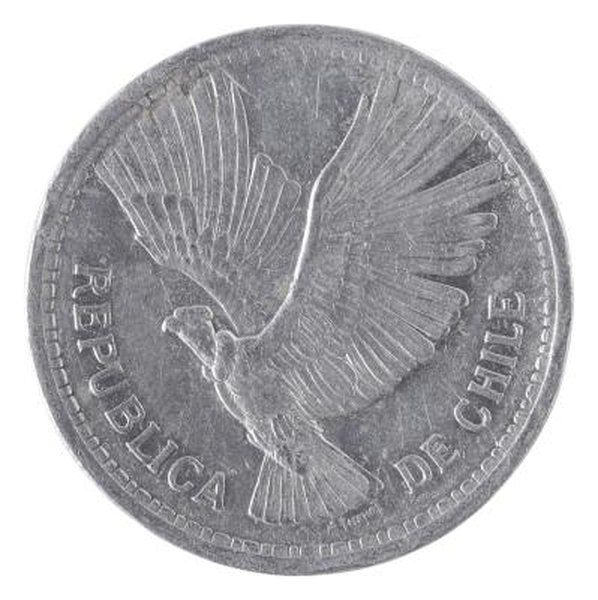How to Hedge the Iron Condor With a Calendar Spread
You can hedge your iron condors with put calendar spreads to reduce risk.
Hemera Technologies/PhotoObjects.net/Getty Images
Spreads are option strategies in which you take offsetting positions to reduce your overall risk while sacrificing some profit potential. Horizontal spreads such as the "iron condor" require you to buy options at one strike price and sell them at another. Calendar spreads involve purchase and sale at the same strike but for different months. Calendars profit from the wasting time value of options. You can combine condors and calendars to hedge risk.
Iron Condor
An iron condor profits most when stock index prices stay flat and price volatility falls. In this strategy, you sell one-month near out-of-the-money puts and calls while buying far out-of-the-money ones with the same expiration. You collect a credit representing the difference in premiums between your higher-priced short options and your lower-priced long ones. As long as the stock index remains within the range between your short puts and calls, you keep your full profit.
Volatility
Rising volatility can kill the condor, which depends on low volatility. The point of an iron condor spread is to profit from a sleepy market that doesn't move much. Rising volatility threatens that sleep -- that’s not a good thing for your condor. Volatility rises when stocks fall, and it falls when stocks rise. Therefore, your condor’s biggest risk is on the downside, where rising volatility can thrust the underlying index through your short put’s strike and eat into your credit.
Calendar Spread
To protect against increased volatility arising from falling prices, you can hedge your iron condor with an out-of-the-money put calendar spread. In this spread, you sell short-term out-of-the-money puts and buy longer-term puts at the same strike. All the puts benefit from increased volatility, but the long-term long puts are more sensitive to it because they have more time value. The calendar is a debit spread, which means it will cut into your condor’s credit. The long put provides downside protection, but it won't help if the stock index moves sharply higher.
Considerations
The hedge is less profitable than the iron condor alone, but it is somewhat less risky. Also, if you use one- and four-month puts in your calendar spread, you can reuse the long-term put to hedge three monthly condors. If prices move between short put expirations, you could end up with diagonal calendar spreads that could increase your profit potential. The hedge requires discipline to preserve your profits and control your losses. For instance, you might close out your condor if index prices breach either of its short strikes. You might want to do some serious research before attempting to tame the condor.
References
Resources
Writer Bio
Eric Bank is a senior business, finance and real estate writer, freelancing since 2002. He has written thousands of articles about business, finance, insurance, real estate, investing, annuities, taxes, credit repair, accounting and student loans. Eric writes articles, blogs and SEO-friendly website content for dozens of clients worldwide, including get.com, badcredit.org and valuepenguin.com. Eric holds two Master's Degrees -- in Business Administration and in Finance. His website is ericbank.com.

